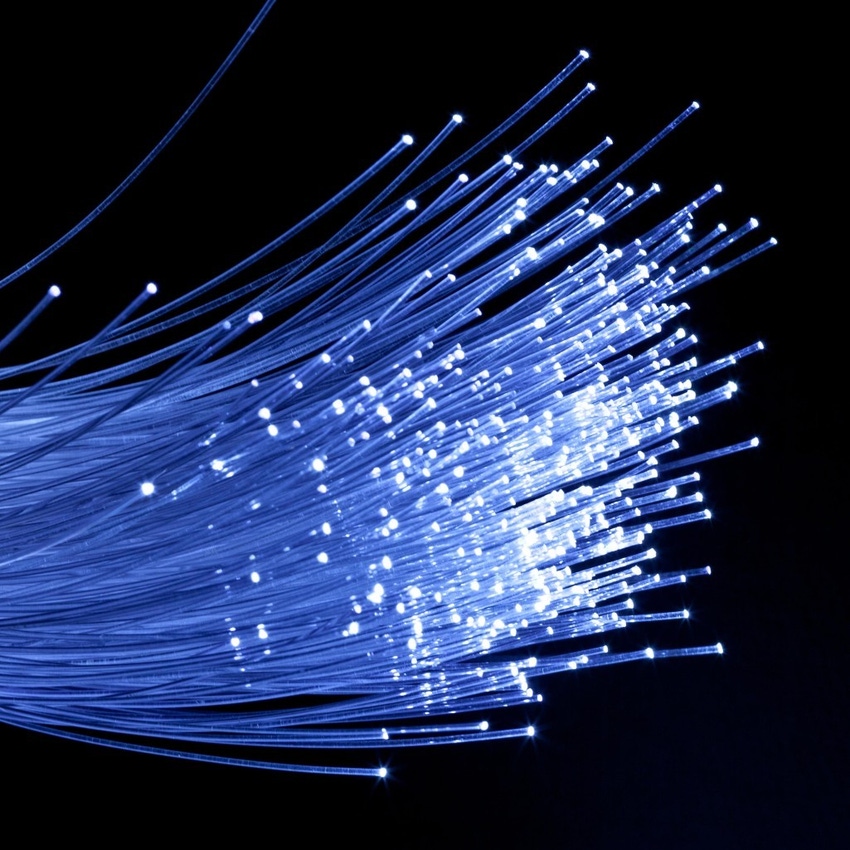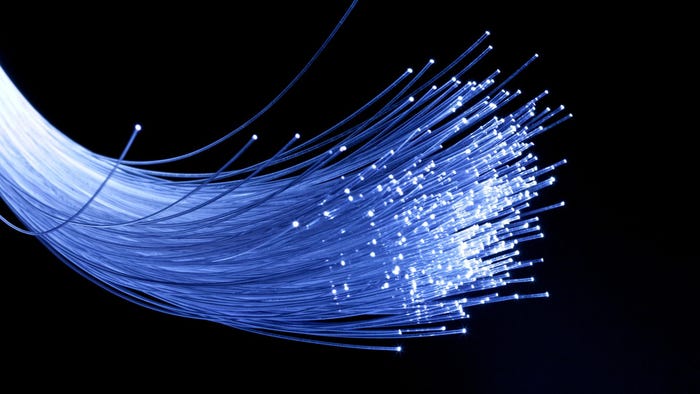Yellowstone Fiber sees no 'rational ROI' in rural Montana without federal funds
As Yellowstone Fiber builds out its open access network in Gallatin County, Montana, the company is now looking to ARPA and BEAD grants to reach the most unserved parts of the region.

Greg Metzger, CEO of Yellowstone Fiber, an open access fiber network being built in Gallatin County, Montana, is getting noticed.
"Literally, I have trouble walking down the street, not having people stop and go 'when are you coming to my house?'" said Metzger.
But rather than a local celebrity, he says, "I'm a local need for sure."
Metzger and his team of five at Yellowstone Fiber are working toward filling the need for fiber broadband in the state, which ranks 50th in the US for high-speed Internet access according to Broadband Now. In Gallatin County, 31% of residents are unserved by broadband.
As an open access network, Yellowstone Fiber has plans to build 1.4 million linear feet of fiber, covering over 40,000 premises in Gallatin County. The $65 million project is privately backed by funds raised by KeyBanc Capital Markets, with Gallatin County serving as financial conduit.
Figure 1:  Yellowstone estimates needing an additional $28 million-$32 million to extend its open access fiber build to more rural parts of Gallatin County.
Yellowstone estimates needing an additional $28 million-$32 million to extend its open access fiber build to more rural parts of Gallatin County.
(Source: gualtiero boffi/Alamy Stock Photo)
But to expand into rural parts of the county, Yellowstone is now looking to federal funds, rather than subscriber revenue as originally planned, to make the math work.
"I'm a pretty conservative person and I enjoy being independent. But we really need that government money to help us reach those people because I can't run any kind of rational ROI," said Metzger.
Offering an example, Metzger said, while it costs about $3 million to connect roughly 2,000 residents in the city of Bozeman, it costs about $13 million to connect that same number in the broader county, which has a "semi rural-urban mix," he said. "So it's four times more ... And as I go the next step into the county, it's going to be about six times more."
With those numbers in mind, Yellowstone will need an additional $28 million-$32 million, said Metzger.
To get there, the company applied for $10 million through the state's ConnectMT broadband grant program, funded by the American Rescue Plan, in hopes of covering 1,522 underserved and 15 unserved locations in Gallatin County. Yellowstone also hopes to win grants through the Broadband, Equity, Access and Deployment program (BEAD) once that funding gets to the states.
On the ARPA grant, Yellowstone is cautiously optimistic. While the state received $521 million worth of requests for its $266 million in ARPA funds, it also reserved points for open access network applicants. Metzger hopes that will work in Yellowstone's favor. "There are very few open networks in Montana," he said. (The state is expected to announce grant recipients in August.)
On the BEAD program, an estimate from Broadband.Money puts Montana's expected share of BEAD and other broadband grants through the infrastructure law at $434.8 million-$490.6 million.
But a spokesperson for Yellowstone also called BEAD requirements "complex" and said they would be looking to see how the state interprets the program's rules in its broadband plan.
"At this point, our eye is on how the State of Montana interprets the Notice of Funding Opportunity, which will ultimately influence how the funds are distributed. Currently, 31% of Gallatin County households are unserved – disproportionately impacting farms and ranches. These households and businesses are depending on us to build Yellowstone Fiber infrastructure to them quickly," said the spokesperson.
Lighting up
Looking ahead, Metzger said Yellowstone is on track to light up its first homes in early September, followed by another area in early October. "And then, depending on Montana weather, perhaps the first week in November," he said.
Six ISPs have signed up to deliver service on Yellowstone's open access network: a number Metzger wants to stick with to allow the ISPs to earn a "reasonable profit."
Yellowstone is being developed in partnership with Utah's Utopia Fiber, which is providing operational support. One aspect of Utopia's influence can be seen every 2,000 households along the fiber route where Yellowstone is building huts that house routers and switches and back up the next hut along the line.
"That's a Utopia trademark," said Metzger. "As an engineer, it's awesome."
But the less awesome aspects of the build can be found underground.
"We're in a glacial deposit area. So we have areas that are beautiful and awesome, and we have areas that are just like a gravel pit. We call it cobble. It's just disgusting and expensive," said Metzger. He estimates the team is in "cobble" 40% of the time.
The above-ground conditions in Montana will soon be a threat too, when winter temperatures roll in. "We're going to sort of get shut down sometime in November," said Metzger.
With a winter shutdown looming and funding needs ongoing, the company is embarking on signing up its first pre-sales this week and hopes to have 300-400 signups within a few weeks.
And while Metzger is getting noticed by locals on the ground, it's most important for Yellowstone to get notoriety with the state government that controls access to federal funds. To that end, Metzger said the team is racing to get as much of the project online as possible.
"I think the best thing I can do is get my current network up and operating. And if I have four or five areas that are operating, as we've projected, and as we've talked to people about, I think that will go a huge way towards giving us an edge in the state," said Metzger.
"You know, we've had legacy companies promise the moon and deliver nothing except take money," he added. "So if we can actually deliver on what we said we're going to do with our money, I think that then our opportunity ... rises proportionately."
Related posts:
— Nicole Ferraro, editor, Light Reading, and host of "The Divide" podcast.
About the Author(s)
You May Also Like




_International_Software_Products.jpeg?width=300&auto=webp&quality=80&disable=upscale)







